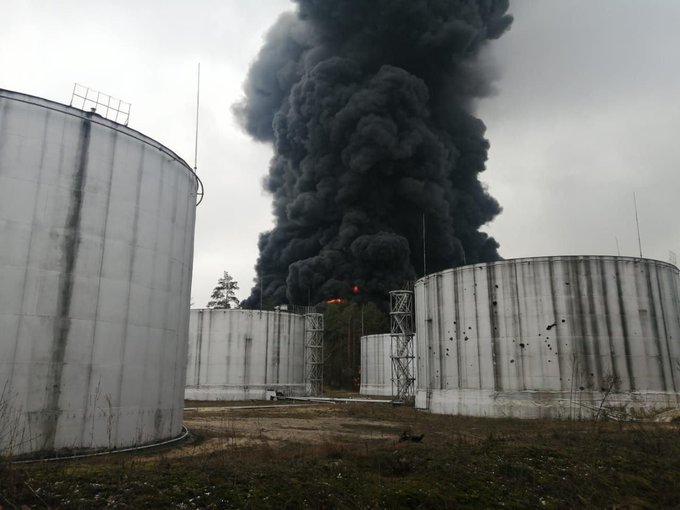Winter in the northern hemisphere brings cold. Fortunately, controlled climate in housing enables people to live comfortably. Heat comes from the release of energy, often from burning natural gas or wood. Often, the house’s occupant uses a simple control device, a thermostat, to control the temperature inside the house to whatever they believe is most comfortable.
As we know, burning non-renewable fossil fuels comes with problems. Two of them are: the emission of pollutants; and the eventual need to replace the energy source. Obviously, setting a house’s temperature higher will burn more fuel, which results in greater amounts of pollution and a sooner need to replace the energy source. Thus, from a sustainability perspective, it’s better to keep one’s house temperature as low as possible.
But, you have no way of knowing the temperature set inside a house. Nor does anyone know what temperature you have set inside your own house. The only consequence of setting a higher temperature is the increased financial cost to purchase the fuel. You can set your house temperature as high as you want so that you are as comfortable as you want and no one will know.
This conflict between personal betterment or social betterment is known as the ‘tragedy of the commons’. The tragedy is our inherent, continual desire for personal betterment to the detriment of society. Will this tragedy be the downfall of our species? Or will we act socially even when no one sees?

